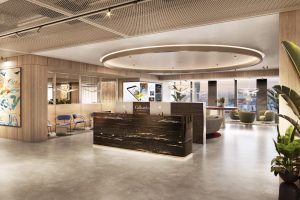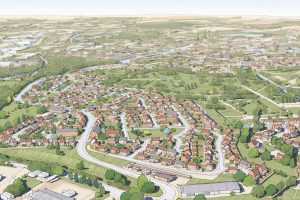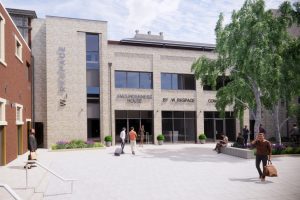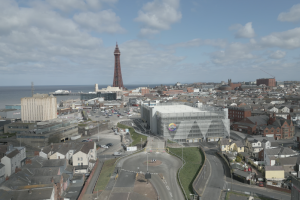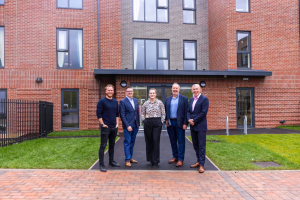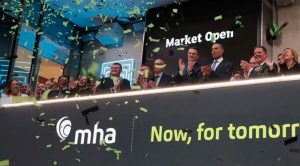New 20 year-plan set out for south Liverpool

A REPORT due for approval before Liverpool City Council’s cabinet this Friday sets out a vision for the area around Speke Boulevard for the next 20 years.
The Strategic Regeneration Framework (SRF) document proposes that the area, which it calls South Liverpool International Gateway. It proposes bringing several sites forward for development in a bid to bring around 3,600 jobs to the area by the end of 2017.
It estimates that the bulk of these – 2,000 – will be created in the automotive sector following Jaguar Land Rover’s decision to base production of its Range Rover Evoque at the Halewood plant which fronts on to the boulevard.
Another 600 jobs are likely to be created in the distribution sector, while the business services and health/social welfare sectors are each expected to contribute 300 new jobs to the area.
The report, prepared by Manchester-based architectural practice BDP on behalf of a steering group consisting of the city council, Liverpool Vision, the NWDA and the Homes & Communities Agency (HCA), identifies 12 key employment sites including Liverpool John Lennon Airport, Port of Garston, the Speke Automotive Freight Terminal and several industrial and business parks around the area.
However, Port of Garston’s owner ABP said that the SRF’s vision conflicts with its own aspirations for the site, which are based on converting unused land into housing. Housebuilder Redrow is already working on proposals to use the land for an extension of Cressington Heath estate.
The SRF also talks about generally improving linkages to the areas – not least by creating walking and cycling routes from nearby public transport hubs with a strategy it describes as “greening for growth”. It also focuses on what it considers to be the four key growth areas: the visitor economy (based around the airport), the knowledge economy (business parks), the Liverpool Superport (Garston port, the airport and the Atlantic Gateway), and the low-carbon economy.
A statement spelling out the vision for the area said that it would look to building on an “established reputation for high quality business investment, its landscape setting and its intermodal, international and inter-regional transport links.”
Councillor Malcolm Kennedy, the city council’s cabinet member for regeneration and transport, said: “This is a really important piece of work which will help define South Liverpool’s offer and provide the roadmap for the continued regeneration of the area.
“South Liverpool has undergone significant growth over the past 15 years, with a number of major schemes transforming the area, largely as a result of successful public private partnerships. This should be celebrated, but it’s vital we build on this to ensure the area continues to grow for the next 20 years.”
The SRF proposes that a delivery plan is set up to bring forward a number of targets within the first five years, and that a public-private project board is set up to oversee this.
The city council’s regeneration director, Nick Kavanagh said: “We want South Liverpool International Gateway to play a pivotal role in the ongoing economic development of Liverpool.
“To achieve this, it’s vital that we work together to maximise the area’s assets, attract investment and improve the lives of local people.”
“The SRF will help provide the stimulus for action in this area over the next two decades, helping us drive forward major economic and residential development and delivering the environment and infrastructure that helps businesses and communities reach their full potential.”

